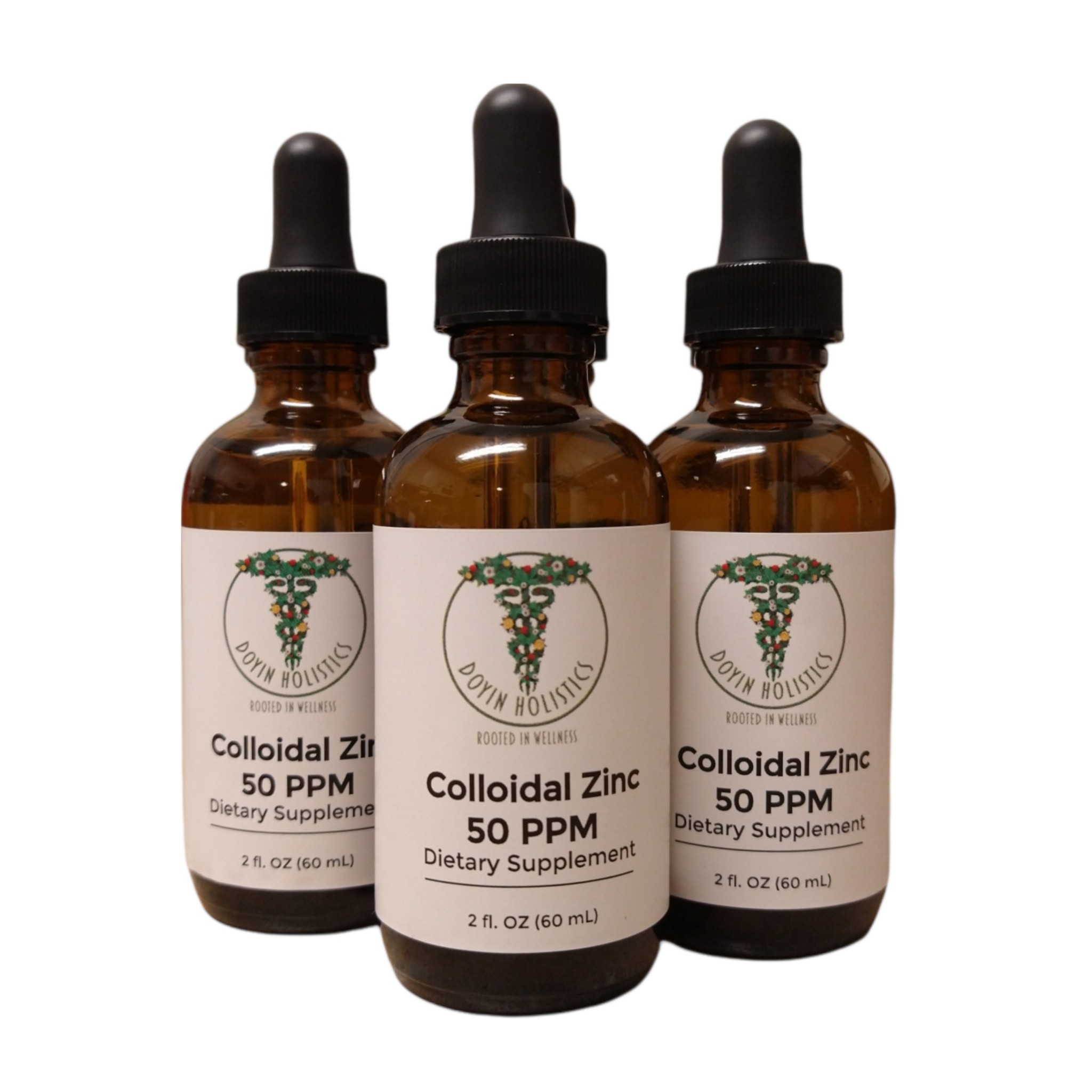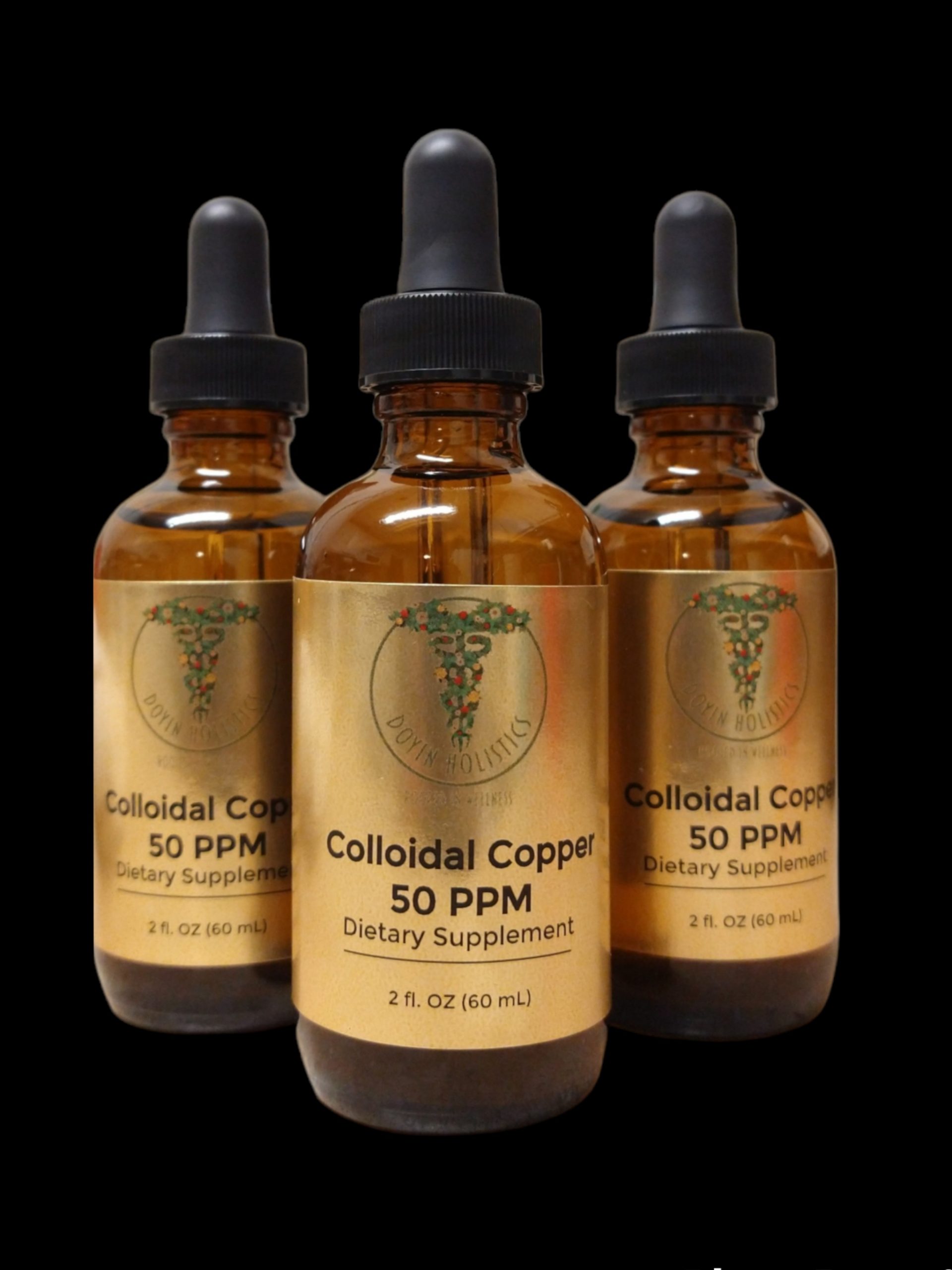Zinc and copper are considered trace minerals, which means that they’re necessary for metabolic activity in smaller amounts than macro minerals such as magnesium, potassium and calcium. That doesn’t negate the importance of trace minerals, though, which also include iron, iodine and selenium.
Any deficiency or excess of either zinc or copper creates problems that can be severe. And those two trace minerals in particular are expected to maintain a delicate blood serum balance with a zinc to copper ratio that favors zinc.
One source claims that an ideal ratio would be 0.7 copper to 1 zinc, or slightly less copper than zinc. But the ratios should never exceed one to one or become top heavy with copper.
The health implications of excess or deficient copper and zinc are many. But excess copper or copper toxicity often leads to a zinc deficiency. Conversely, inadequate zinc blood levels can lead to copper toxicity. It appears to be that the easiest supplemental approach for maintaining this balance would be with zinc as the lever, since copper rises with lower zinc levels.
There are several tests, blood draw serum measurements, hair analyses and others that help determine your copper/zinc levels and ratios.
A study linking low zinc and copper to heart disease
 A 2007 study that linked lower copper and zinc levels to coronary arterial disease (CAD) measured serum copper, zinc, fasting lipid profiles and blood glucose levels of 114 patients (67 male and 47 female) undergoing routine coronary angiograms. An angiogram is an X-ray of blood vessels’ blood flow to determine if there are any obstructions.
A 2007 study that linked lower copper and zinc levels to coronary arterial disease (CAD) measured serum copper, zinc, fasting lipid profiles and blood glucose levels of 114 patients (67 male and 47 female) undergoing routine coronary angiograms. An angiogram is an X-ray of blood vessels’ blood flow to determine if there are any obstructions.
Actually, the researchers had already done their homework on clinical and study determinations with Western populations that linked copper/zinc metabolic issues to heart disease. But apparently they were curious to see if those issues affected participants similarly and if there were differences according to gender.
All the subjects, male and female, whose angiograms displayed some level of CAD had lower levels of both zinc and copper. The males who were examined had higher zinc to copper ratios, which is expected, since elevated or upwardly imbalanced copper induces estrogen production, and zinc is essential for testosterone production.
Other health issues attributed to zinc deficiency and excess copper
 Some studies have associated high copper and low zinc to dementia, Alzheimer’s and other mental disorders. Though copper is vital for certain metabolic functions, levels too high or out of balance with zinc will produce copper toxicity.
Some studies have associated high copper and low zinc to dementia, Alzheimer’s and other mental disorders. Though copper is vital for certain metabolic functions, levels too high or out of balance with zinc will produce copper toxicity.
According to nutritional and metabolic typing expert Michael McEvoy, zinc toxicity is possible, but copper toxicity is far more common. Excess copper will deplete zinc, as these two trace minerals are antagonistic.
That’s why the balance is necessary, as copper is a pro-oxidant that will increase free radicals. Some recommend increasing glutathione production and vitamin C levels to counteract copper toxicity.
From McEvoy: Problems associated with copper toxicity include: pyrrole disorder, estrogen dominance, schizophrenia, depression, anxiety disorder, chronic fatigue, migraines, liver toxicity, thyroid conditions, chronic candida yeast infections, PMS, to name a few. Some research has even implicated copper toxicity with Alzheimer’s Disease and with cardiovascular disease.
Sources of excess copper can include copper piping in plumbing and tubing for refrigerator ice cube makers. Anything that contributes to excess estrogen can influence higher copper levels also. Birth control pills and copper IUDs (intrauterine birth control devices) can also induce copper toxicity.
Similar to macro-mineral magnesium deficiency, much of the population tends toward zinc deficiency. It’s wise to supplement zinc and/or eat foods high in zinc. And there are several environmental factors and food factors that increase copper levels to excessively antagonize zinc levels.
What does zinc do?
Zinc is a component of more than 300 enzymes needed to repair wounds, maintain fertility in adults and growth in children, synthesize protein, help cells reproduce, preserve vision, boost immunity, and protect against free radicals, among other functions.
Zinc reduces the body’s ability to utilize the essential mineral copper. (For healthy people, this interference is circumvented by supplementing with copper, along with zinc.) The ability to interfere with copper makes zinc an important therapeutic tool for people with Wilson’s disease, a genetic condition that causes copper overload.
Zinc supplementation in children in developing countries is associated with improvements in stunted growth, increased weight gain in underweight children, and substantial reductions in the rates of diarrhea and pneumonia, the two leading causes of death in these settings.
A small, preliminary trial has found zinc sulfate to be effective for contact dermatitis (a skin rash caused by contact with an allergen or irritant). Participants with active skin rashes took approximately 23 mg of zinc (in the form of zinc sulfate) three times daily, for one month. 73% of those taking the zinc sulfate had complete resolution of their skin rashes, while the remaining participants had a 50-75% improvement.
Zinc Benefits:
Zinc may be of benefit in the care and treatment of the following conditions:
Acne
Acrodermatitis enteropathica
Childhood intelligence (for deficiency)
Common cold/sore throat (as lozenges)
Down’s syndrome
Down’s syndrome
Infertility (male) (for deficiency)
Night blindness (for deficiency)
Wilson’s disease
Wound healing (oral and topical)
Anemia (for thalassemia if deficient)
Anorexia nervosa
Birth defects prevention
Canker sores (for deficiency only)
Celiac disease (for deficiency)
Cold sores (topical)
Common cold (as nasal spray)
Crohn’s disease
Diabetes (preferably for those with a documented deficiency)
Genital herpes
Gingivitis (zinc plus bloodroot toothpaste)
Halitosis (zinc chloride rinse or toothpaste)
Hepatitis C (zinc-L-carnosine)
HIV support
Immune function (for elderly people)
Infection
Liver cirrhosis (for deficiency)
Macular degeneration
Peptic ulcer
Pneumonia
Pregnancy support
Rheumatoid arthritis
SARS
Sickle cell anemia
Skin ulcers (oral and topical zinc)
Sprains and strains (if deficient)
Tinnitus (for deficiency only)
Amenorrhea
Athletic performance
Benign prostatic hyperplasia (BPH)
Contact dermatitis
Cystic fibrosis
Dermatitis herpetiformis (for deficiency)
Diarrhea
Ear infections (recurrent)
Gastritis
Gestational hypertension
Goiter
Hypoglycemia
Hypothyroidism





